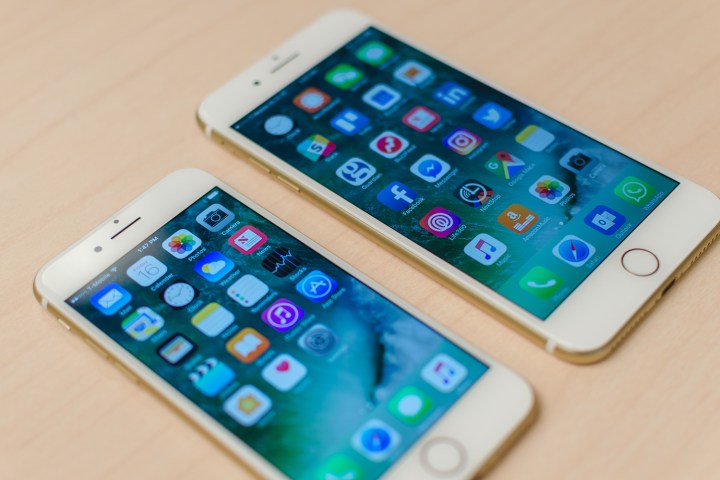
In honor of the 10th anniversary of the first iPhone’s consumer availability, SquareTrade — a warranty service provider for appliances and consumer electronics — released the results of its study done on iPhone owners along with its breakability test comparing the original iPhone to the iPhone 7.
The iPhone Decade of Damage Report — which compared how people used and abused different iPhone models throughout the years — showed almost half of iPhone users have cracked their screen even after taking protective measures using a phone case or screen protector. The majority of the damage took place when users were multitasking, while for others, the iPhone broke when falling less than three feet or when they were at home.
With Apple using the iPhone to encourage a healthy lifestyle through a variety of tools and apps available — along with reports on possibly soon carrying all your medical information — factors that affect the likelihood of damage requires less physical activity than one would think. The data showed commuters who bike, walk, or take public transit were 46 percent more likely to damage their iPhone and those who played a sport were at 21 percent.
Apple also continues to market the iPhone 7 as the best iPhone yet, but SquareTrade’s damage test might prove that even with 10 years of perfecting the iPhone models, the glass still cracks as it did with the first-generation model. Although there are more durable phones on the market, 43 percent of iPhone users have ever only used iPhones in the history of their smartphone devices.
For those who experience the commonly cracked screen or other damage to their iPhone, the repairs require choosing between Apple or a third-party along with paying a high price. This also means taking the time out to either head to the location physically — which many people struggle to find the time to do — or handing over your phone for a few days by shipping it out to get fixed.
None of these options allow users to actually fix the phone themselves on the spot and if you choose to bypass Apple, you might still suffer the wrath of its third-party policies. Even with states like New Jersey lobbying for the Fair Repair Act — forcing electronics makers to sell replacement parts to the public and third-party repair companies — it may still be a while before users see a change in the process.
Regardless of the easy damage and billions collectively spent to repair the smartphone, it is clear iPhone users stay loyal to Apple. Here’s is hoping a bit more time and effort go into producing a far more sturdy device with the upcoming iPhone 8.


